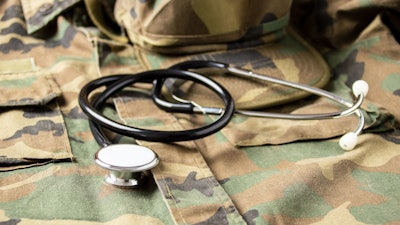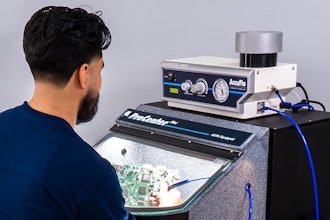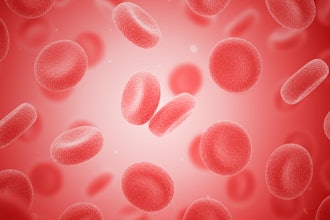
The recent COVID-19 pandemic has highlighted the need to rapidly detect infected humans to intervene early before severe conditions develop and to mitigate the spread of infections across a larger population. The ideal diagnostics approach should be painless (non-invasive), rapid, cost-effective, accurate, and should be versatile to detect multiple infectious pathogens, in some cases pre-symptomatically (even before the symptoms are visible). This diagnostics capability when applied to United States Department of Defense (DoD) warfighters would ensure mission readiness in austere environments, where providing adequate medical personnel and/or traditional diagnostics labs can be challenging. With this vision, DoD's DIU teamed up with DTRA and has awarded an Other Transaction (OT) contract to Detect-Ion to develop such a Point-of-Care (PoC) Breath Diagnostics.
Detect-Ion's PoC Breath Diagnostics project called "CLARION", uses a chip-scale mass spectrometry technology originally developed via prior high-risk/high-gain IARPA and DARPA investments to detect trace chemical signatures in ambient air for strategic intelligence collection and early warning systems, respectively. "This is a classic example of dual use technology which we plan to adapt for human breath analysis," said Dr. Ashish Chaudhary, Founder/CEO of Detect-Ion, and the principal investigator of the CLARION project. "Typical exhaled human breath contains nitrogen, oxygen, carbon dioxide, carbon monoxide, argon, etc., and high amounts of water vapor. In addition to those major components, it contains a complex mixture of 100s of trace-level volatile organic compounds (VOCs) in the parts-per-million to parts-per-trillion range. There's credible science that demonstrates that relative concentrations of some of these VOCs can get perturbed due to a host's response to a certain infection, and this approach has been successfully demonstrated in lab-scale studies to discriminate infected humans from a healthy population. Our objective in CLARION is to leverage this science to establish the relevant VOC biomarkers, adapt our portable sensor hardware for exhaled breath analysis, and apply machine learning/artificial intelligence detection algorithms to enable near-real-time PoC infection screening.
If successful, a single CLARION device could run up to 160 breath analyses per day, at a fraction of the cost of rapid PCR tests. This could potentially offer high-throughput screening of large populations in a variety of densely populated military and civilian settings, such as offshore deployed battalions, military installations, airports, shopping malls, hospitals, concerts, etc. The project is planned over three years and allows DoD to pursue follow-on production if the pilot project succeeds in addressing the program metrics.






















